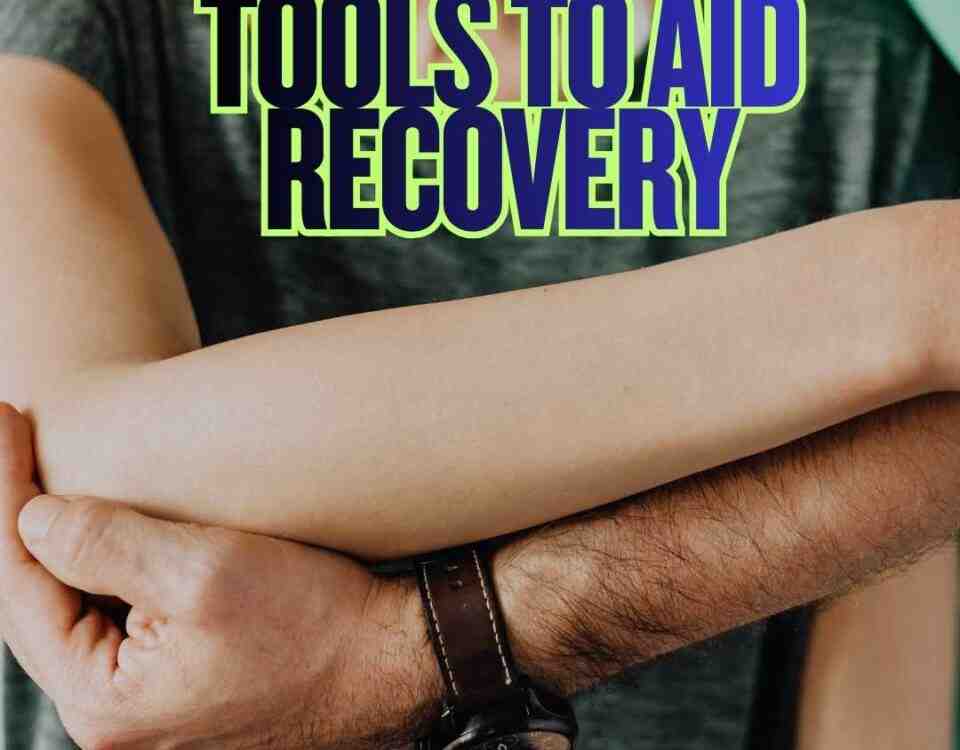Dangerous Drowsy Driving

What is Frozen Shoulder?
March 20, 2024
Referred Pain After a MVA – What is It?
March 20, 2024Drowsy Driving and MVA
At Chambers Medical Group, we understand that a split second can make a difference in avoiding a motor vehicle accident (MVA). One dangerous tendency that can lead to that split second probem is drowsy driving. Most have taken part in this activity to varying degrees. Whether a long commute after work, or your work consists of being on the road constantly, driving while tired poses significant dangers and risks on the road. This should be a preventable issue, but you may find yourself having to drive at times whether you want to or not. Dr. Aaron Workman of Chambers Medical Group, one of the highest rated auto injury medical care programs in Kentucky, discusses some of the statistics, what happens when you drive drowsy and what you can do to avoid this issue.
According to the National Highway Traffic Safety Administration (NHTSA), fatigued driving is estimated to be a factor in thousands of crashes annually in the United States alone. A study conducted by the AAA Foundation for Traffic Safety found that driving drowsy contributes to an average of over 300,000 crashes, 100,000 injuries, and over 6,000 fatalities on roads in the US each year. Every accident can be life changing for every individual and family involved, but why is it such a problem?
One of the most concerning aspects is how much it impairs our decision-making and reaction times. It can be the equivalent of driving under the influence of alcohol or other various drugs. Fatigue alone can cloud judgment, slow reaction time, and decision-making abilities, increasing the likelihood of accidents on the road. Research has shown tired drivers are more prone to weaving out of their lanes, missing traffic signals, and failing to notice hazards, putting themselves and others at risk.
The effects of drowsiness can be worsened during certain times of the day, such as late at night or in the early morning hours when the body’s natural tendency is to be tired and in need of sleep. Studies have found that driving during these “high-risk” periods significantly increases the likelihood of drowsy driving-related accidents. Additionally, individuals who suffer from sleep disorders that affect their deep sleep, such as sleep apnea, may be at higher risk of experiencing drowsiness behind the wheel.
There are certain demographic groups that will be in more danger of driving fatigued than others. Commercial drivers, shift workers, and those who regularly drive long distances are particularly susceptible to fatigue tendencies. Young adults and adolescents, who may already be sleep-deprived due to academic, sporting, or social commitments, are also at increased risk of drowsy driving incidents.
As drivers, it is our responsibility to take proactive steps to prevent being part of a drowsy driving accident. To do this you first have to be aware of the issue. Now that you have been made aware, prioritize sleep as often as you prioritize charging your phone. There are times when the phone needs a quick boost to get you through a particular part of day and your body can be the same way. A 10-minute nap may get you through the next 5 hours refreshed. If there is no time for naps, then you should keep a consistent sleep schedule. Avoid alcohol and nighttime cold medications before driving. Take regular breaks during long trips. Be mindful of common symptoms of fatigue, such as yawning, heavy eyelids, and difficulty maintaining focus, and respond by pulling over and resting if needed. That 15 minutes of a nap or resting the eyes may make the difference in life or death.
— This article is written by Aaron Workman, DC, one of the members of Chambers Medical Group’s team of car accident chiropractors who offer a variety of treatments and therapies ranging from diagnostic testing to various soft tissue therapies for car accidents and injuries in Kentucky.
- Car Accident Medical Clinic in Tampa
- Car Accident Medical Clinic in Plant City
- Car Accident Medical Clinic in Brandon
- Car Accident Medical Clinic in Lakeland
- Car Accident Medical Clinic in Sarasota
- Car Accident Medical Clinic in Louisville
- Car Accident Medical Clinic in Lexington
- Car Accident Medical Clinic in Florence




